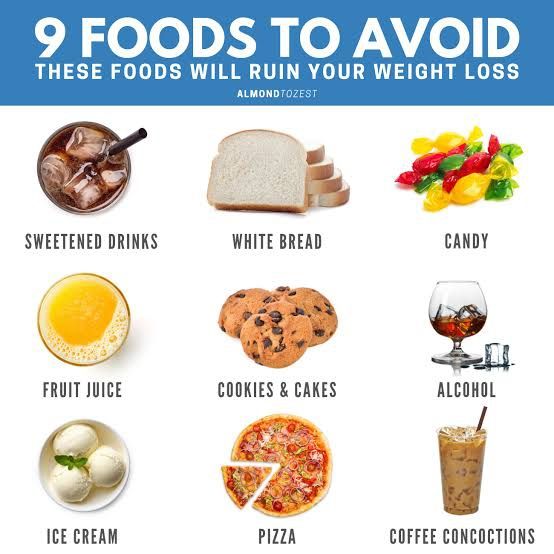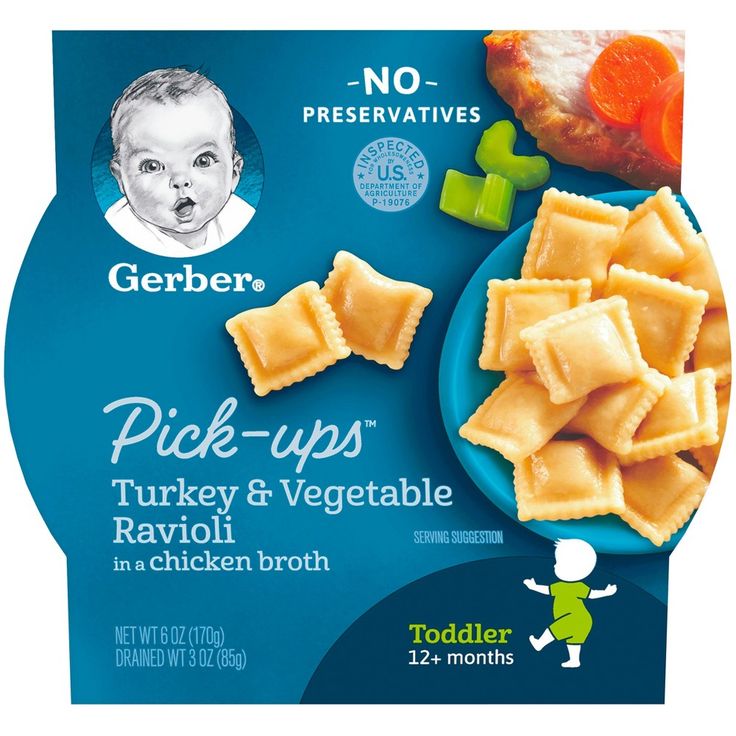How often to feed baby mice
How to Take Care of Baby Mice
By Lee Parker | Updated September 26, 2017Caring for orphaned baby mice is not easy; many infant mice don't make it through the first week due to heat loss, lack of nutrition or sickness. If the baby mouse is a pinkie; that is, without any fur, raising him to adulthood is difficult, but not impossible. With feedings every one to two hours and plenty of warmth, he has a decent chance of survival.
Supplies to Have on Hand
Being prepared is the first step in the successful raising of an orphaned baby mouse. Items to have on hand include Pedialyte, a small syringe, a heating pad or hot water bottle and soft nesting material such as old T-shirts, blankets and small stuffed animals. Puppy milk replacement, found at most pet food stores, is also important, as this is the closest option to mouse milk available.
Where to Start
Inspect the baby mouse first for any wounds or signs of illness such as blood around the nose, or labored breathing. You also will need to stimulate the baby mouse to go to the bathroom; he cannot do this on his own. Mimic the mother's natural way of licking his genitals by using a damp cotton swap, or the tip of your finger. You will need to do this after every feeding until the baby mouse is able to void on his own.
Full Bellies Are Important
Feed the baby mouse by filling a small 1 cubic centimeter syringe with puppy milk replacement and slowly administering it into his mouth. Be careful not to press too hard on the syringe or the mouse will aspirate; you will see milk come from his nose. Position the baby mouse upright and belly down for his feedings. For the first three feedings, dilute the puppy milk replacement with a little water and watch for diarrhea. If the stools are mustard yellow, everything is normal.
Warm Nests Make Happy Babies
When using a heating pad for your baby mouse, never place the mouse directly on the pad and always keep the pad setting on low.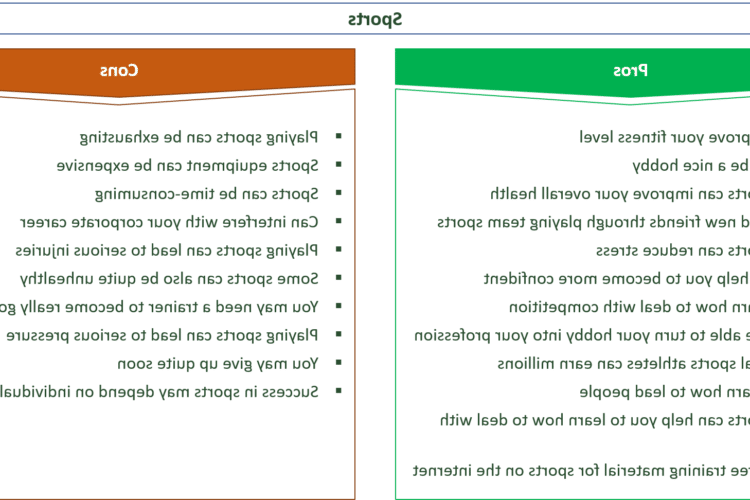 A too-warm pad can dehydrate a baby mouse quickly. If he has other orphaned siblings, keep all the baby mice together and ensure one does not wander off on his own. Fill the mouse's enclosure with plenty of bedding, both under and above the baby mouse. Do not cover the mouse in an airtight container, but do keep him under wraps to trap heat.
A too-warm pad can dehydrate a baby mouse quickly. If he has other orphaned siblings, keep all the baby mice together and ensure one does not wander off on his own. Fill the mouse's enclosure with plenty of bedding, both under and above the baby mouse. Do not cover the mouse in an airtight container, but do keep him under wraps to trap heat.
Tips and Tricks
Warm the formula for the baby mouse by placing it in warm tap water for a few minutes. The baby mouse will indicate when it is full, but a helpful trick for expected formula amounts is to weigh him first. The mouse's weight in grams, divided in half, equals the amount of cc's he should be eating. If the mouse refuses to drink, try using Pedialyte before attempting formula again.
References
- The Fun Mouse: Orphaned Mice
- Rat and Mouse Club of America: Orphaned Rats and Mice
- Rat Fan Club: Raising Orphaned Rats and Mice
- Fancy Mice: Baby Care
- The Complete Care of Baby Animals: Expert Advice on Raising Orphaned, Adopted or Newly Bought Kittens, Puppies, Foals, Lambs, Chicks and More; C.
 E. Spaulding, Jackie Clay
E. Spaulding, Jackie Clay
Photo Credits
Orphaned Mouse Care | Chip Chloe Squirrel
What should I do if I find an orphaned baby mouse?
Determine if the mouse/mice are indeed orphaned. If you have accidentally destroyed a nest with babies in it, build a makeshift nest using any of the nest remains in a small shallow container, and place it near the original nest site and leave it undisturbed for an hour or two to see if the mother returns to retrieve and relocate her babies. If any of the babies have already died, if they are lethargic or cold to the touch, or if you find one baby wandering alone, chances are that they have been orphaned.
Always wash your hands thoroughly after handling mice.
The risk of contracting disease is rare but increases if you live in the southwestern United States.
When you find an abandoned mouse, there are a few essential steps that should be immediately taken.
(Please note - these instructions are also applicable for other small rodents like orphaned voles and rats)
The first priority is to get the baby warmed up before attempting to feed it anything. Baby mice with their eyes closed (and even for a week after eyes open) are unable to maintain their own body temperature without a supplemental heat source. Make a small nest using t-shirt material, flannel or fleece and place it in a secure container with ventilation (a reuseable Tupperware with vented lid works well) and place it on a heating pad set on low. Make sure it doesn’t have an ‘auto shutoff’. If you don’t have a heating pad, you can fill an old sock with rice, corn or another grain and microwave it for 30 seconds to use as a heat source (use good judgement to make sure it’s not too hot – you’re trying to mimic the mother mouse’s body temperature). This will need to be rewarmed every couple of hours to maintain the warmth.
Baby mice with their eyes closed (and even for a week after eyes open) are unable to maintain their own body temperature without a supplemental heat source. Make a small nest using t-shirt material, flannel or fleece and place it in a secure container with ventilation (a reuseable Tupperware with vented lid works well) and place it on a heating pad set on low. Make sure it doesn’t have an ‘auto shutoff’. If you don’t have a heating pad, you can fill an old sock with rice, corn or another grain and microwave it for 30 seconds to use as a heat source (use good judgement to make sure it’s not too hot – you’re trying to mimic the mother mouse’s body temperature). This will need to be rewarmed every couple of hours to maintain the warmth.
While the mouse is warming up, use ahnow.org to locate wildlife rehabilitators in your area who may be able to assist in raising the mouse. Leave messages with as many as possible because you may not get a return call for several hours or days. Orphaned mice are VERY difficult to raise and require feedings every 2-3 hours around the clock for several weeks. Rehabilitators are already equipped with the proper tools, formula and knowledge to properly rehabilitate orphaned wildlife but they are very busy and usually overloaded with animals to care for, so be prepared to transport your mouse to them.
Orphaned mice are VERY difficult to raise and require feedings every 2-3 hours around the clock for several weeks. Rehabilitators are already equipped with the proper tools, formula and knowledge to properly rehabilitate orphaned wildlife but they are very busy and usually overloaded with animals to care for, so be prepared to transport your mouse to them.
After warming, the mouse needs to be hydrated within a few hours of being found. Plain Pedialyte is the best option, but you can also make your own makeshift hydration solution by dissolving 1 tablespoon of sugar and 1 teaspoon of salt in 1 cup of warm water. The best tools for feeding mice are small syringes with pointed rubber nipples (example here), but you probably won’t have those on hand, so you can try dipping the tip of a tiny paintbrush in the fluid and allowing the mouse to lick it off. Get as much fluid into the mouse as you can (0.2-0.5 mL), every 2 hours for the first 4-6 hours.
Mice with their eyes closed need to be stimulated to urinate and defecate after each feeding/hydration session.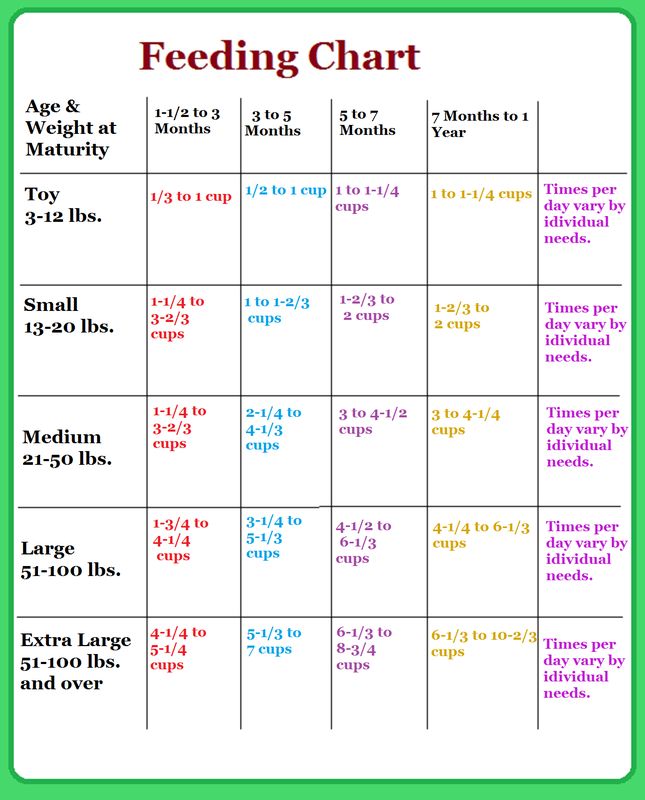 Gently rub the genital area with a q-tip or tissue in a motion that mimics the mother mouse licking the area. Moistening the q-tip in warm water may help. Do this for about 10 seconds, and if no results, try again after feeding some more. You may not see any poop for the first few times, but you should hopefully see a few drops of urine unless they’re very dehydrated.
Gently rub the genital area with a q-tip or tissue in a motion that mimics the mother mouse licking the area. Moistening the q-tip in warm water may help. Do this for about 10 seconds, and if no results, try again after feeding some more. You may not see any poop for the first few times, but you should hopefully see a few drops of urine unless they’re very dehydrated.
If you are unable to locate a wildlife rehabilitator after multiple attempts:
Baby mice can’t go too long without being fed, so if you’re not able to locate a rehabber within about 6-8 hours of finding the babies, you will eventually need to transition them from the hydration solution to a suitable formula. After 2 feedings of the hydration formula, you can start to feed watered-down formula, gradually making the formula to water ratio stronger over the next 3-4 feedings (for example, start with 5 parts water to 1 part formula powder, then 4:1, then 3:1 and finally 2 parts water to 1 part formula powder). For babies under 1 week old, I like to keep the ratio at around 3:1 or 2.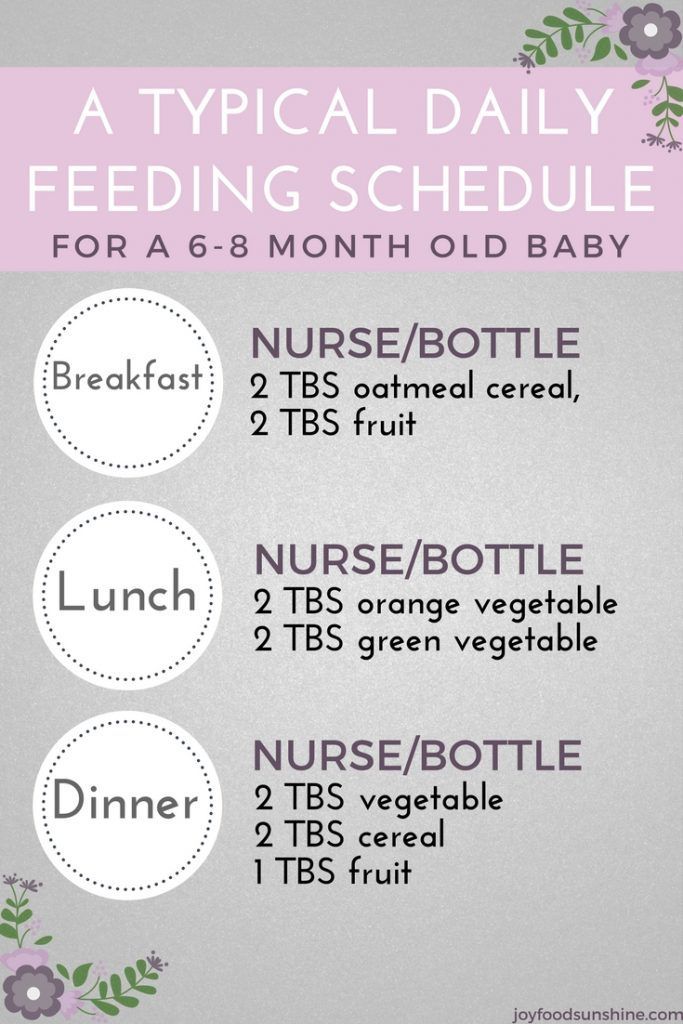 5 parts water to 1 part formula so it's easier on their digestive systems. Acceptable formulas are: Goat’s Milk Esbilac Puppy Milk Replacer, Fox Valley brand formulas (20/50 squirrel formula; Puppy Formula), or if none of those are available, you can make homemade formula (3 tbsp goat’s milk, 3 tbsp plain yogurt, 2 tbsp heavy cream, 1/2 egg yolk. If you can't find goat’s milk, double the yogurt.)
5 parts water to 1 part formula so it's easier on their digestive systems. Acceptable formulas are: Goat’s Milk Esbilac Puppy Milk Replacer, Fox Valley brand formulas (20/50 squirrel formula; Puppy Formula), or if none of those are available, you can make homemade formula (3 tbsp goat’s milk, 3 tbsp plain yogurt, 2 tbsp heavy cream, 1/2 egg yolk. If you can't find goat’s milk, double the yogurt.)
Powdered formulas are preferred because you can mix a fresh batch each day for the needed amount, in comparison with liquid formulas which must be used within three days. Please contact me for advice if you are having trouble locating suitable options. DO NOT FOLLOW OTHER ONLINE RECIPES FOR MIXING YOUR OWN FORMULAS WITHOUT GUIDANCE FROM A LICENSED REHABILITATOR – these can result in severe malnutrition and issues like bloat that can lead to death.
Baby mice need to be fed as often as once every two hours depending how old they are. (This chart can help to estimate age.) This means that you must be prepared for some sleepless nights.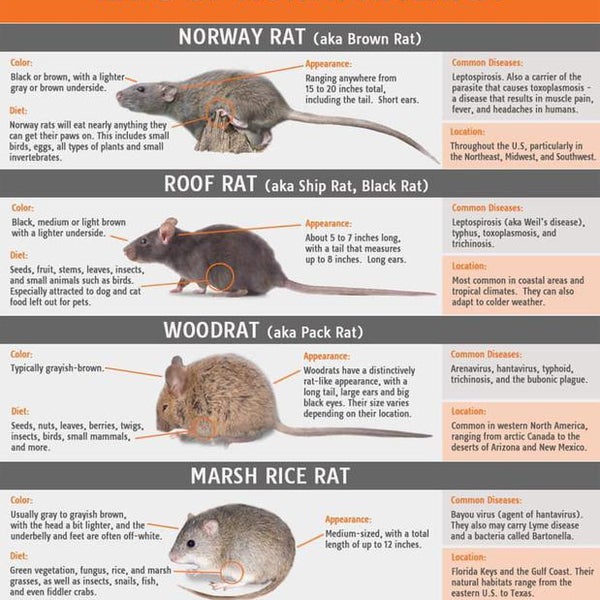 A good goal is to feed every 3 hours around the clock, and for the mouse to ingest between 0.3mL – 0.5mL per feeding (up until eyes open) and up to 1mL for eyes-open babies until they gradually wean at 3 weeks of age.
A good goal is to feed every 3 hours around the clock, and for the mouse to ingest between 0.3mL – 0.5mL per feeding (up until eyes open) and up to 1mL for eyes-open babies until they gradually wean at 3 weeks of age.
You can use the same method of dipping a tiny paintbrush into the formula and allowing the mouse to suck it off. However – this is a very difficult method of feeding small mice and usually results in the mouse not getting enough food at each feeding. Please try to order the proper syringes and small pointed nursing nipples for the best results.
After warming formula, gently hold the mouse between your fingers, with your index finger near the head, ready to prevent it from lunging forward and falling. Carefully and consistently apply pressure to the syringe plunger to administer 1 drop at a time and ensure that the baby is suckling and swallowing the formula.
TIP: Mice like their formula WARM and it cools very quickly in such a small syringe so it’s recommended to fill 2 syringes and have one sitting in a cup of hot water so you can swap back and forth regularly while the other one keeps warm.
Be careful not to allow any formula to enter their lungs. You can check this by observing that no milk is bubbling from their nose. If milk enters their lungs, aspiration pneumonia may occur. The best way to avoid this is to keep the mouse upright when feeding it, never allowing it to rest on its back. If you do see a bubble form, flip the baby to a head-down position to prevent any more liquid from entering its lungs and wipe the nose with a tissue to absorb any liquid.
Overfeeding is also dangerous and can lead to bloat. Check to ensure that they are well fed by the emergence of a white patch in the middle of their belly, a milk belly. This should recede before the next feeding. If you are seeing a full milk belly when the time comes for the next feeding, wait an extra half hour, and water down the formula to a 50:50 water to formula ratio for one feeding. If your mouse experiences diarrhea, it is also likely a result of being overfed. If this happens, or if your mouse is looking bloated, it’s ok to substitute Pedialyte/electrolyte solution for one or two feedings until the condition resolves.
Make sure to gently massage your baby’s abdomen and rectal area after each feeding to assist food in moving through the digestive tract and to help the baby eliminate waste. It’s almost impossible to reverse the effects of bloat once too much formula has backed up in the digestive tract, and this can lead to a painful death.
Baby mice begin to open their eyes at around 10-12 days of age. They may need a larger enclosure at this point (acrylic kritter keepers work well), but still keep using the heating pad on low under the nest portion of their tank. At this point, you can begin to add some dry oats into their nest and they will start to nibble on these within 1-2 days. Once they start nibbling solids, they will no longer require a nightly feeding – they can last from midnight to 6am without formula.
You can start to introduce other soft solids like spinach and other greens, fruit and crushed nuts. At three weeks of age, the babies will also no longer require the syringe for feedings and may begin to feed from a dish (jar lids work well as shallow dishes).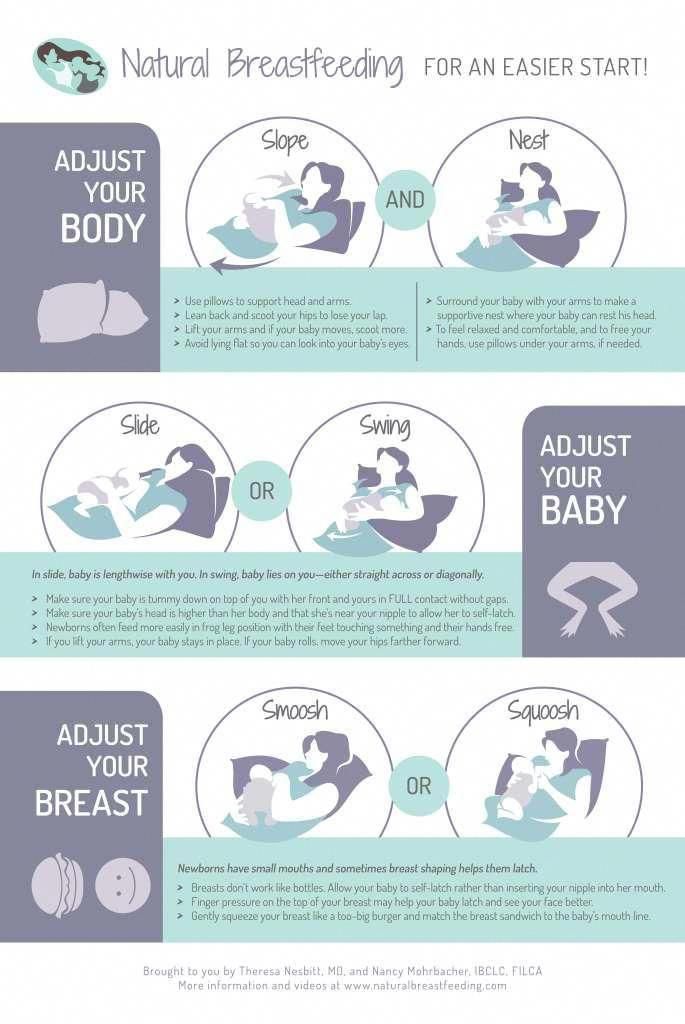 Gradually make the switch from the syringe to a dish by leaving a dish of formula available between meals and spacing out feeding times to every 4-5 hours.
Gradually make the switch from the syringe to a dish by leaving a dish of formula available between meals and spacing out feeding times to every 4-5 hours.
You can begin integrating foods such as baby food, fresh fruits and veggies, seeds and commercial mouse foods. Make sure to add a shallow dish of fresh water.
Mice are often very messy eaters, so after they finish their meals, it will be necessary to clean them up and replace soiled cage bedding often. Plain paper towels make for easy clean up when used to line the cage. Alternatively you can use an unscented shredded paper bedding made for rodents.
By this point, your babies will be getting more active so you can move them to a larger tank – a large acrylic kritter keeper or 10 gallon tank with a tight fitting screen lid are best. A wheel for exercise and some places to hide and things to chew on are also good for enrichment.
Mice can be released at about 4 weeks of age – about 1 week after weaning. However, it’s often better to keep them for an extra week if possible to allow them to put on some more weight. To begin acclimating for release, ensure that the weather is consistently above 50 degrees Fahrenheit and that there are at least 3-4 days with no rain forecasted*. A suitable release location should be an area with plenty of underbrush for shelter and nearby food and water sources.
However, it’s often better to keep them for an extra week if possible to allow them to put on some more weight. To begin acclimating for release, ensure that the weather is consistently above 50 degrees Fahrenheit and that there are at least 3-4 days with no rain forecasted*. A suitable release location should be an area with plenty of underbrush for shelter and nearby food and water sources.
It’s good to move their cage outdoors in a protected area at least a full day before release so they can adjust to the outdoor smells and sounds. Secure the lid so no predators can intrude overnight. Mice should be released at dusk since this is when they are most active. Gently tilt the tank on its side and gradually open the screen cover. Continue to place food and water at the release location for at least a week, if not longer, while they establish a nesting site nearby.
*If the mice are old enough for release but it’s too cold outside or if heading into the winter months, you may need to overwinter the mice until spring. Please visit the Adult Mouse Care page for further instructions.
Please visit the Adult Mouse Care page for further instructions.
Feeding decorative mice - Nutrition
Library / Rodents / Food / Feeding ornamental mice
There are many recipes for dry food produced by various companies and sold in pet stores. However, as practice shows, many lovers feed their pets with improvised food. Despite the fact that mice are considered herbivorous animals, feeding them cannot be limited only to foods of plant origin. For a complete diet, animal products (milk, meat) are required.
The main components of the diet of mice are grains of wheat, oats, barley, rye, and millet. The best grain food for mice is wheat. It is rich in proteins, carbohydrates, contains vitamins and a small amount of calcium. Other grains are inferior to wheat in terms of nutritional properties. Mice willingly eat sunflower seeds. When feeding grains, it is useful to alternate the types of grains or give them in the form of mixtures. An additional high-protein food is peas, which can be given 2 times a week.
An additional high-protein food is peas, which can be given 2 times a week.
Mice eat well the seeds of wild plants - clover, fescue, hedgehogs, etc. Bread, more often white, serves as additional food for mice. This is a high calorie product. With frequent feeding of bread, mice begin to get fat. It is useful to include coarse black bread in the diet. It is less high-calorie, contains vitamins of group B. Mice willingly gnaw croutons from black bread, grinding their incisors. Root and tuber crops can be recommended as a succulent feed, which in nature serve as the main source of carbohydrates, vitamins and microelements for rodents. The most complete of the succulent feed is carrots - it is rich in carotene. Cabbage and beets are important in the mouse diet. You can give potatoes - both raw and boiled.
However, mice eat it worse than carrots and cabbage. In the spring-autumn period, mice need to be given a variety of green vegetation - almost all cereals and herbs, excluding poisonous and thorny plants. In winter, they give the greens of sprouted oats. This is an important component containing carotene. In addition, hay is provided in winter. In addition to being a nutrient, hay is also a voluminous feed. The best quality hay is cut before the grasses bloom. It is useful for mice to give sprigs of aspen, willow, apple, mountain ash, hazel. Sometimes mice willingly gnaw needles from spruce or pine branches, rich in vitamins C. Branch food contributes to the proper grinding of teeth. It is better to give thin young twigs. They have good taste and nutritional properties. Boiled meat, milk, egg powder are introduced into the diet of mice. You can give mice well-cooked cartilage or spongy bone.
In winter, they give the greens of sprouted oats. This is an important component containing carotene. In addition, hay is provided in winter. In addition to being a nutrient, hay is also a voluminous feed. The best quality hay is cut before the grasses bloom. It is useful for mice to give sprigs of aspen, willow, apple, mountain ash, hazel. Sometimes mice willingly gnaw needles from spruce or pine branches, rich in vitamins C. Branch food contributes to the proper grinding of teeth. It is better to give thin young twigs. They have good taste and nutritional properties. Boiled meat, milk, egg powder are introduced into the diet of mice. You can give mice well-cooked cartilage or spongy bone.
Mice like cheese and lard (unsalted). As sources of vitamins, mice are given yeast, tomato juice, and fish oil. Chalk, salt - mineral additives. Mineral supplements are needed at any time of the year, they strengthen bones and teeth. It is useful for mice to give fresh fruits, especially apples.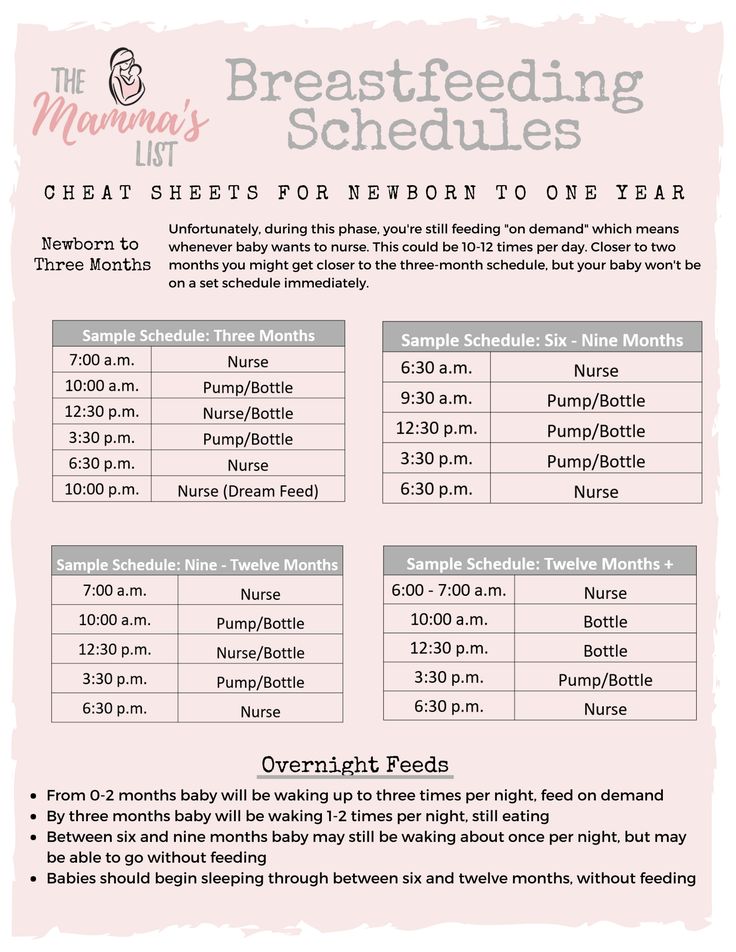 They also eat dried fruit well.
They also eat dried fruit well.
Source: zoo.rin.ru
This page has been viewed 59152 timesShare with your friends
Read also
Advertisements
Peculiarities of feeding ornamental mice
Unlike other rodents, ornamental mice are considered to be practically omnivores, so there are no particular difficulties in compiling the diet of a small pet.
Feed ornamental mice with ready-made cereal mixtures, which can be purchased at any pet store, and also indulge in some food from their table. The main thing to consider is that the diet was varied and contained enough nutrients and vitamins for an active life and good health of the rodent.
When feeding decorative mice, the following factors should be considered:
- size of the animal;
- age;
- weight;
- features of the species;
- general health;
- seasons.

Decorative mice in the diet should include not only plant foods. Small rodents also need food of animal origin. The animal must receive in sufficient quantities the main components of any diet - proteins, fats, carbohydrates, vitamins and minerals.
The main feature of feeding decorative mice is the special structure of the esophagus and digestive tract of the animal, due to which the fiber contained in plants is never completely digested, so animals need to eat more food per day so that the body is provided with enough beneficial nutrients.
The main food for decorative mice is a grain mixture. When independently compiling such mixtures, it should be remembered that mice eat seeds of herbaceous plants or woody plants, millet, wheat, oats, barley, oilcake, pea groats, sunflower seeds, flax, nuts. As for oilseeds, their seeds are added in a percentage of 20%:35% of the grain mixture in summer and winter, respectively, so that the animals do not have obesity and disruption of the digestive tract. If it is not possible to monitor the correctness of the diet, it is best to buy ready-made grain mixtures at the pet store.
If it is not possible to monitor the correctness of the diet, it is best to buy ready-made grain mixtures at the pet store.
Legumes should be included in the diet of ornamental mice, but their excessive consumption causes obesity in mice.
Decorative mice are offered berries, white bread, a piece of boiled meat or bacon (unsalted), cheese, cottage cheese, butter, as well as egg white, carrots, cabbage, beets, potatoes, cucumber and dandelion as treats. Various fruits are useful to mice, especially apples. It is not forbidden to treat small pets with dried fruits.
Although mice eat sweets, chocolate, sweet, spicy, smoked, salty or fatty foods with pleasure, this is extremely harmful for them, and in some cases even deadly.
For grinding incisors, it is useful to give mice twigs of mountain ash, apple, willow, currant, etc. But remember that lilac is extremely poisonous for decorative mice. You can not give them branches of coniferous trees. It is also useful to give croutons for grinding teeth.




